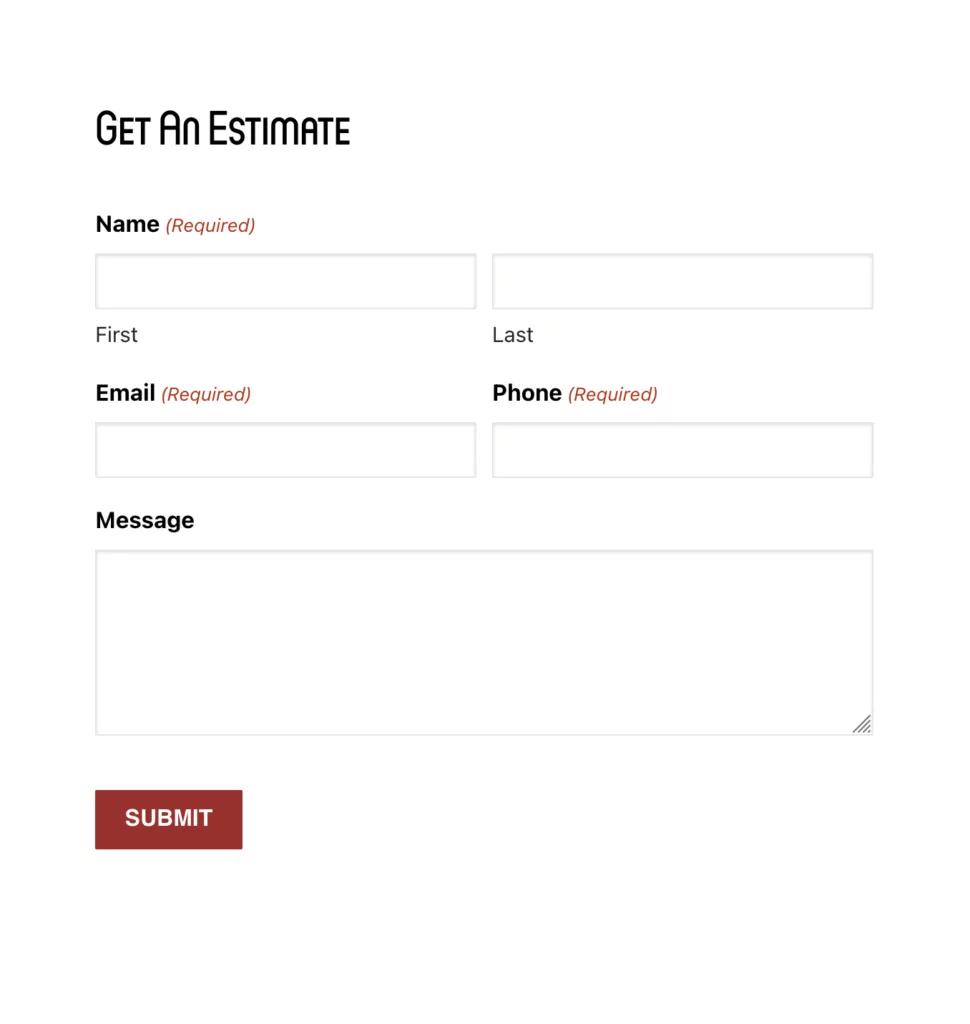
Businesses in the digital age rely on cloud-based services to manage their data. With scalability, cost savings, and flexibility being its key advantages, the cloud has transformed the way businesses operate. However, with advantages come risks – cyber threats are on the rise and security must be a top priority. To build trust with customers and protect critical information from potential attacks, organizations must develop an effective cloud security strategy that incorporates multiple key elements working together seamlessly to safeguard against security breaches or cyberattacks. This article provides insights into these elements of a cloud security plan for your organization.
Data Protection and Privacy
Protecting data is of utmost importance in any cloud security strategy. To ensure the confidentiality, integrity and availability of your sensitive data, encryption at rest and in transit is necessary. Only authorized personnel should be granted access to critical information. Establish comprehensive privacy policies and procedures keeping GDPR and CCPA regulations in mind.
Identity and Access Management
IAM is a crucial element in securing your cloud environment. It plays a vital role in preventing unauthorized access to sensitive data. To develop a robust IAM framework, implement multi-factor authentication (MFA) for enhanced identity verification. Additionally, tailor access controls based on individuals’ designated roles and responsibilities to reduce potential security risks. Regularly updating and reviewing user’s access can significantly decrease the odds of unauthorized breaches.
Network Security
Securing the network is an effective cloud security strategy. You can deploy various measures like firewalls, intrusion detection and prevention systems (IDPS), and secure web gateways to safeguard your cloud infrastructure from any potential threat. Regular monitoring of your network is equally important as it helps identify any security risks that may arise. Network monitoring alongside vulnerability assessments can detect these risks proactively before they escalate into larger issues.
Application Security
Application security involves conducting regular security assessments, such as penetration testing and vulnerability scanning, and implementing secure coding practices to minimize potential risks. Keeping all applications and software up-to-date is important. Make sure to install the latest patches and updates regularly.
Incident Response and Disaster Recovery
Security incidents can happen despite best efforts. To ensure your organization recovers from a breach, have a clear and concise plan that outlines the roles and responsibilities of every team member and what actions should be taken during an incident. Having an effective disaster recovery plan in place allows businesses to quickly restore vital systems and data following natural disasters or cyber-attacks.
Continuous Monitoring and Improvement
An efficient cloud security strategy requires ongoing monitoring and improvement. Continuous review and updating of security policies, conducting security audits, and keeping up-to-date with the latest threats and vulnerabilities are indispensable steps in safeguarding against ever-evolving cyber risks.
Compliance with Industry Standards and Regulations
Meeting industry standards and rules is vital for securing cloud systems. Industries have rules to follow. Healthcare has HIPAA, and e-commerce has PCI DSS. Following these standards protects your data and shows your dedication to a safe cloud for your customers and partners.
Secure Cloud Migration and Integration
Businesses shifting to the cloud must prioritize maintaining a secure and seamless migration process. Ensuring a safe cloud migration plan involves three essential steps: first, assessing potential risks; second, selecting a reliable and trustworthy cloud provider; third, incorporating security measures while migrating.
Vendor Risk Management
When working with third-party vendors and cloud service providers, it is important to note that this collaboration presents additional security risks. However, there are ways organizations can protect themselves such as implementing a strong process to manage vendor risk which involves checking your vendors’ security practices so that they meet your organization’s security requirements. Regularly audit security measures, clarify security responsibilities in contracts and check vendor certifications.
Data Backup and Redundancy
Businesses can suffer greatly from losing data. That’s why incorporating backup and redundancy measures into your cloud security strategy is crucial. By implementing regular data backups and storing them in multiple locations, on-site and off-site, you can ensure that your critical data is always retrievable in case of a security breach or system failure.
Zero Trust Security Model
Secure cloud system requires a zero trust security model, which assumes no one is trustworthy by default, including network users. To implement this approach, every user and device must be verified before access to the minimum necessary resources is granted.
Mobile Device Management
The implementation of Mobile Device Management (MDM) solutions can enhance the security of both personal and company-owned devices utilized for work purposes. Not only does MDM enable you to enforce device encryption protocols, but it also secures access to cloud-based applications through policy enforcement.

Complete the below form to see how fisch can help you with your Cloud Security




